Description
Date Palm (Phoenix dactylifera)
The date palm tree (Phoenix dactylifera) produces sweet, nutritious fruit and demonstrates remarkable resilience in arid climates. Widely cultivated in the Middle East, North Africa, and South Asia, the date palm plays a crucial role in the economy and culture of these regions. This guide delves into the physical characteristics, growing conditions, varieties, and the historical and economic importance of the date palm tree.
Features of Date Palm Tree :-
- Edible Fruits: Produces sweet, nutritious dates rich in vitamins and minerals.
- Versatile Growth: Can be grown outdoors.
- Height: When grown outdoors, vegetables can reach impressive heights, thus adding a tropical aesthetic.
- Ornamental Value: Features graceful, arching fronds that enhance any landscape.
- Drought Tolerant: Well-suited to hot, arid climates.
- Longevity: Known for its long lifespan and durability.
- Cultural Significance: Holds historical and cultural importance in many regions.
Flowers and Fruit
- Flowers: Date palms are dioecious, meaning that there are separate male and female trees.The male inflorescences are more numerous and produce pollen, while the female inflorescences develop into clusters of dates after pollination.
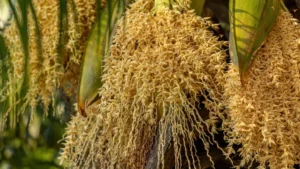
Date palm tree adorned with blooming flowers . Buy From Nursery Nisarga 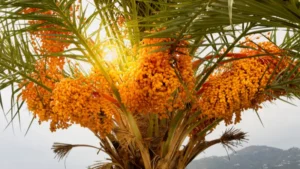
Date palm tree Now available on nursery Nisarga - Fruit: Dates are oval-cylindrical, typically 3-7 cm (1.2-2.8 inches) long and 2-3 cm (0.8-1.2 inches) in diameter. They change color from green to yellow, red, or brown as they ripen. The flesh is sweet and contains a single, hard seed or pit in the center.
Habitat and Growth Conditions
- Climate: Date palms thrive in hot, arid climates and are commonly grown in regions such as the Middle East, North Africa, and South Asia. They require long, hot summers with little rain and mild winters.
- Soil: These trees prefer well-drained sandy loam soils but can tolerate a range of soil types, including saline soils. They grow in desert conditions and often thrive in oases.
- Watering: While date palms are drought-tolerant, they require regular watering, especially during the establishment phase and fruit development period. They grow in areas with access to groundwater or irrigation.



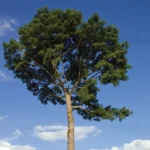
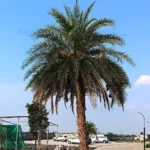
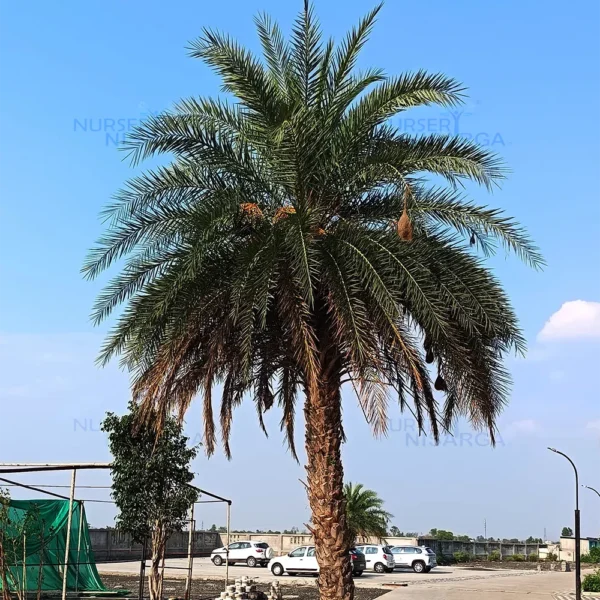
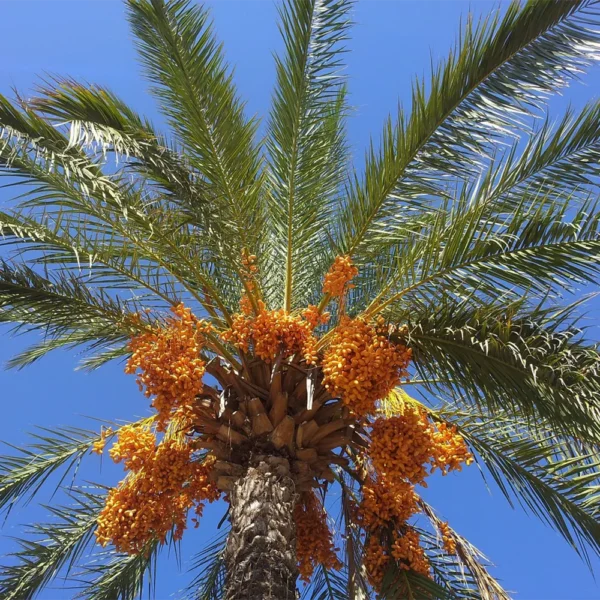
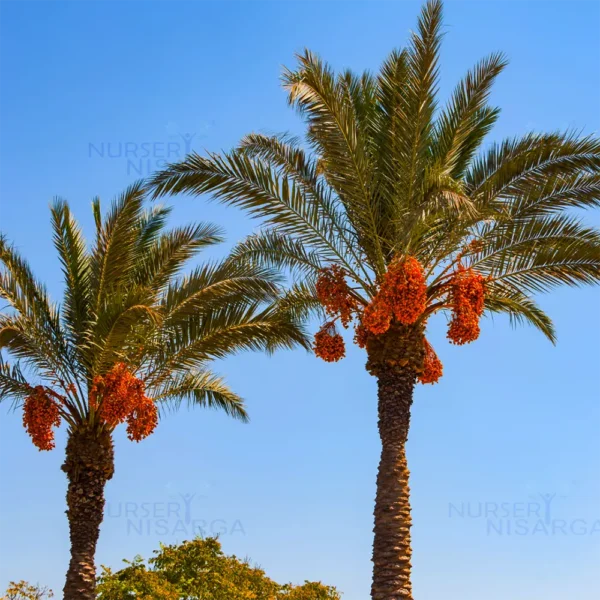


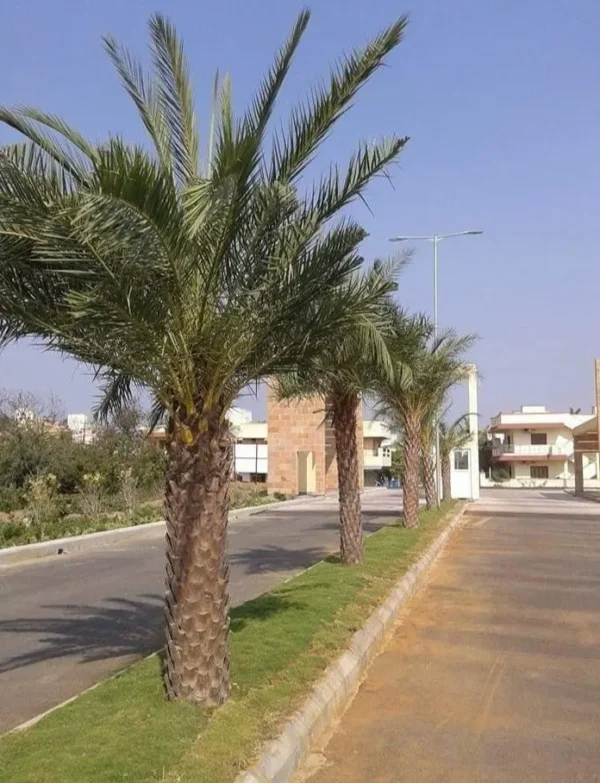






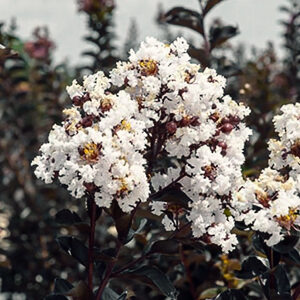

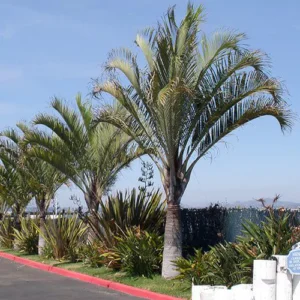
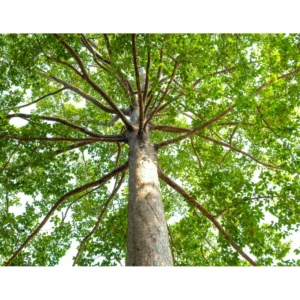
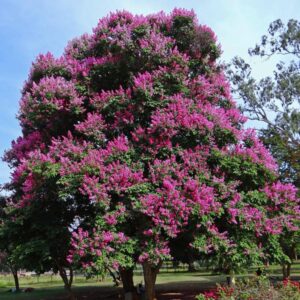


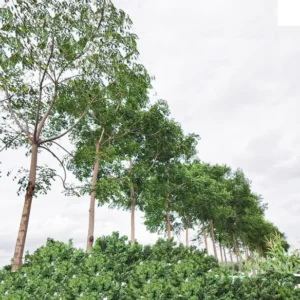

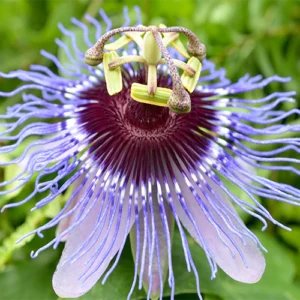

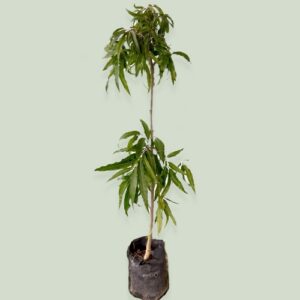
Reviews
There are no reviews yet.